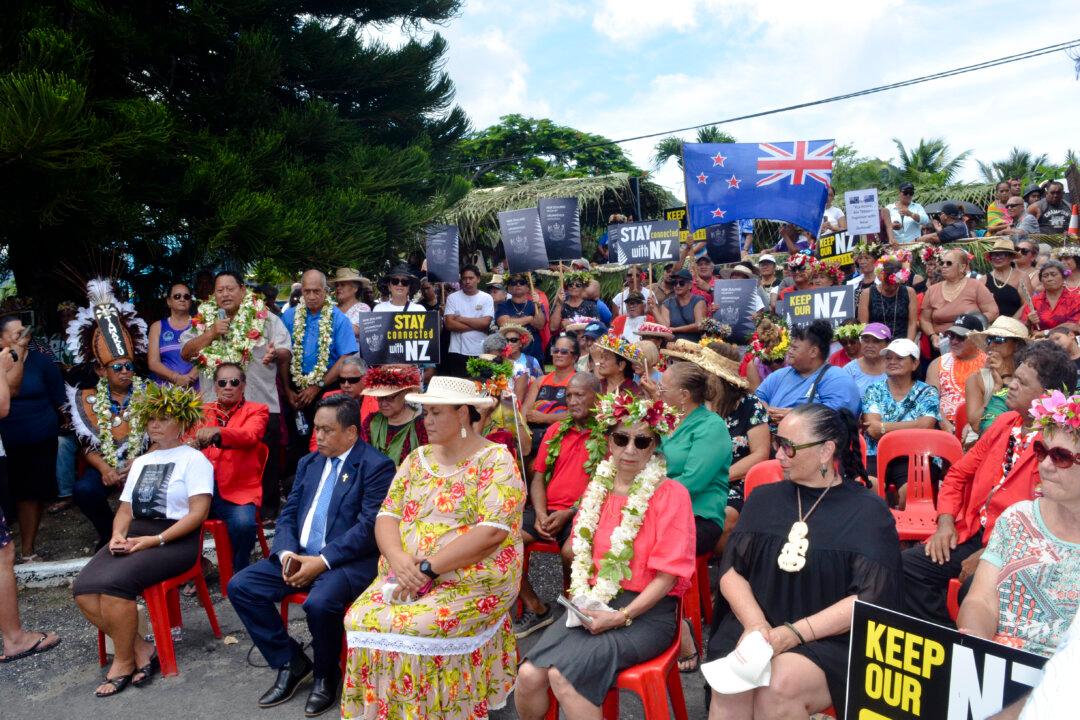COVID-19 patients need ventilators at critical times, but those put on them have a low rate of survival. However, recent cases of recovery in long-term ventilator patients have encouraged administration and health care professionals.
On April 9, the federal COVID-19 task force noted a “great report from Louisiana” that said an increasing number of patients on ventilators are coming out alive. Similar stories of recovery are being reported from around the nation.





